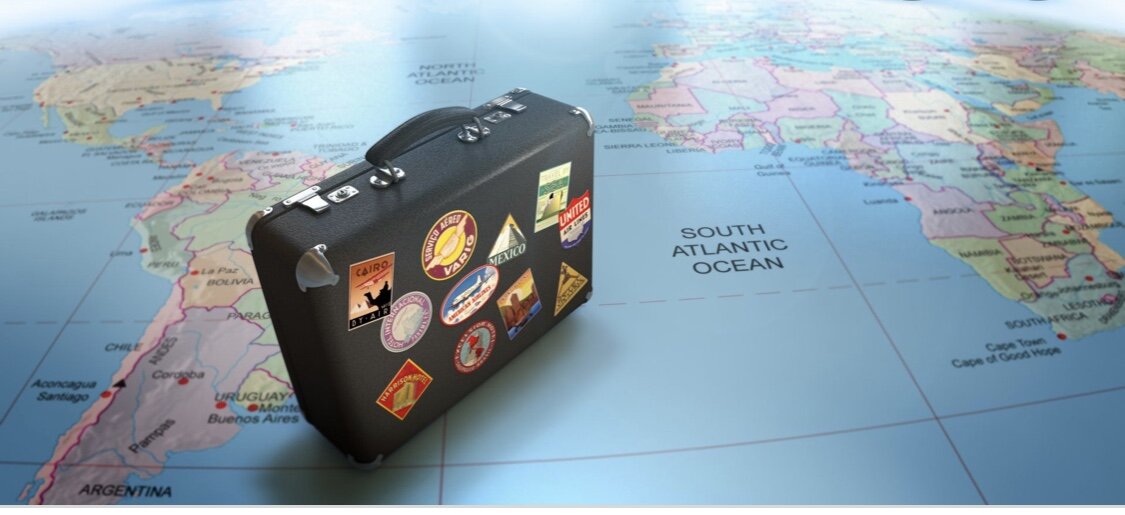Traveling with kids this holiday? Stressed out already? Don’t be! Try some of these tricks and tips and hopefully your travel experience improves!
Safe travels everyone!
Activity Based
1. Use a 3-ring binder and fill it with loose leaf paper (a travel binder!!). Add a 3-ring pencil carrier with colored pencils or crayons and your child has hours (alright minutes) of drawing and coloring fun.
2. You can also purchase activity books like coloring books, maze books, dot to dot books, sticker books, or hidden picture books. These can be added to the 3-ring binder or kept separate.
3. Books are another option if your child enjoys looking at pictures or reading the pages.
4. If you have a tin lunch box, or container, you can always fill it with magnets and the child can open the container up and put the magnets all over the box!
5. Seated games like “I Spy” or travel bingo are great options to help keep children occupied.
6. If traveling at night, try bringing glow sticks or necklaces. You can find these pretty cheap at any dollar store and can be fun for everyone!
7. Wrap a couple of small toys or trinkets from the Dollar Store. Wrap them in old wrapping paper and let the kids choose one every couple of hours. It’s great to use as incentive to keep your kids good in the car or plane!
8. You can make an activity bin. In a portable bin you can pack in pipe cleaners, wikki sticks, yarn, beads, etc., to keep your child’s busy hands busy!
Sensory Based
1. Have your child carry a small backpack filled with preferred fidgets or small toys that they can play with during the trip. It can be called their “sensory first aid kit”. Visual based fidgets are great for calming children down (try searching liquid motion bubbler in Amazon for a great option). Otherwise any favorite fidget(s) will do!
2. Crunchy and chewy snacks help provide sensory input when moving is not always an option. Think snacks like pretzels, raw veggies, apples, fruit leather, popcorn, bagels, etc. You can always try gum if your child is familiar with the strategy. Chewelry is also a great option to help provide oral input when traveling.
3. If your child is going to be expected to sit for an extended period of time you can always try compression wear or weighted lap pads/buddies/blankets to help provide proprioceptive input.
4. Try downloading apps with calming music (think meditation-like apps) that the child can listen towards the end of the trip when patience is thin.
5. If your child does best with visual schedules or social stories, make a visual schedule/social story of the trip to include estimated time of departure, arrival, and activities they can do in between.
6. If your child responds well to a preview of the expectations, make sure to provide that ahead of time and provide additional reminders during the travel time. After the trip is over always review how it went and to discuss any changes needed for the next trip.
7. If your child gets overwhelmed easily (don’t we all?) don’t forget the noise cancelling headphones, their favorite sensory fidget, chewelry, and anything else that gets them comfortably through a normal, non-travel, day.
In general, remember your children will do well if they can. When traveling, if your child is having a difficult time, think about how the experience feels to them. If you’re feeling stressed, it’s likely they are as well. Give yourselves plenty of time if traveling by plane and plan for stops if driving. Praise any positive behavior so that your child is more motivated to use the sensory strategies and activities listed here.

